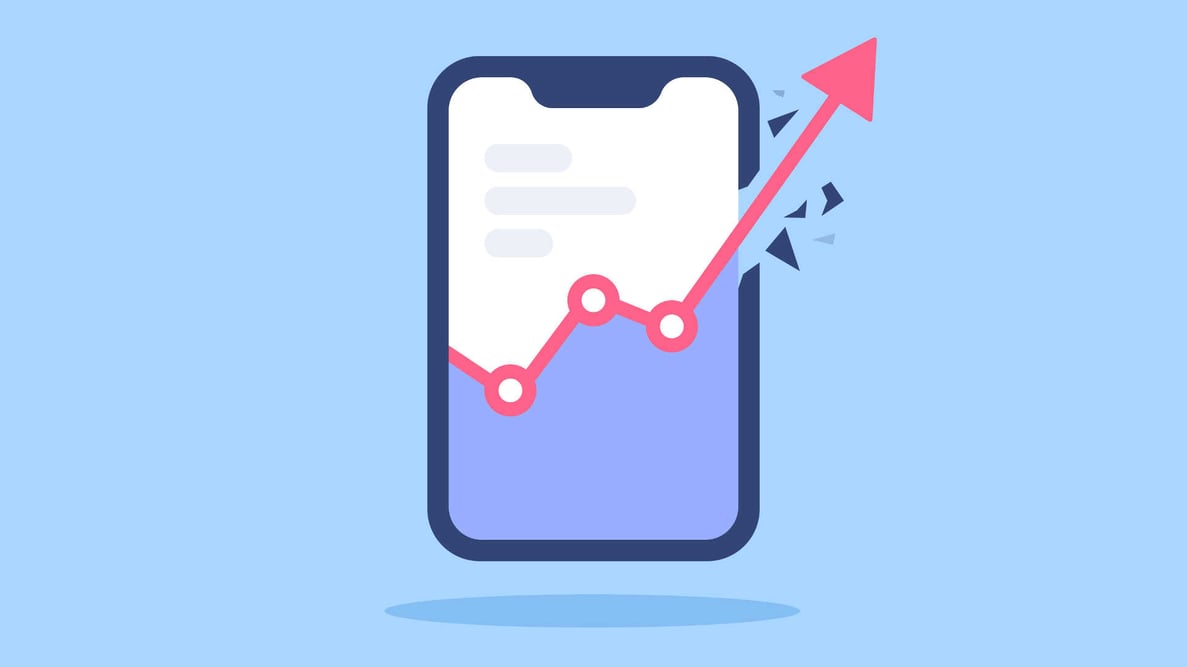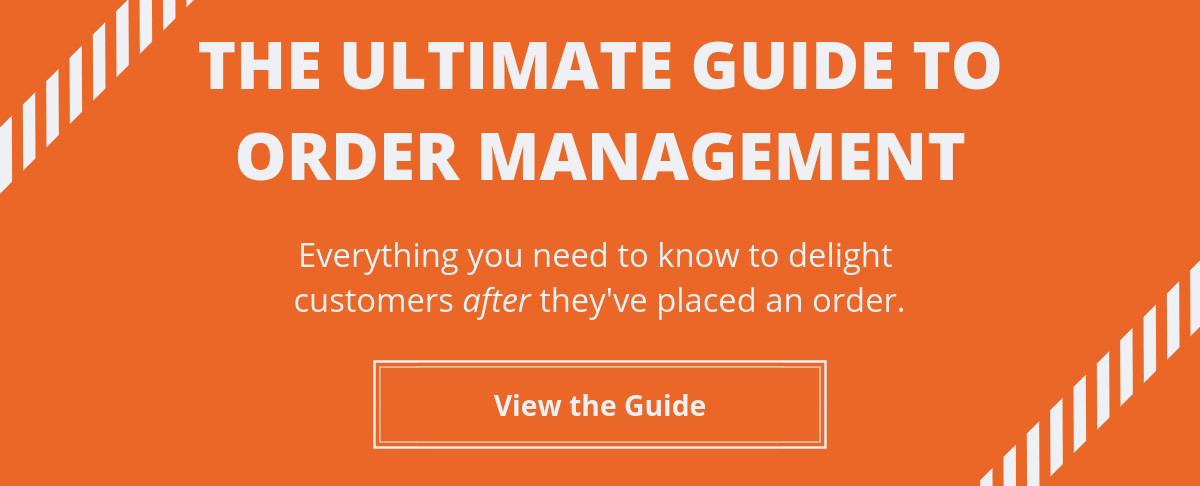The most important ecommerce metrics for you to track aren’t hard to calculate.
They aren’t even hard to find - you just have to know where to look.
The key is knowing how to charge them up, and improve them. Best-in-class businesses are significantly ahead of their smaller peers, sometimes by large multiples.
These are the top ecommerce metrics that you need to be tracking.
Stay tuned and be sure to subscribe to the blog to make sure that you’re notified when we post in-depth guides on how to charge each of these metrics!
Conversion Rate
This is the rate at which you convert visitors into customers. It’s the most important metric for an ecommerce store.
The average conversion rate for ecommerce websites is between 1-5%. However, the top end of that can be 15-20%, or even higher. Keep in mind that there’s always room for improvement.
A common visualization in marketing is the funnel. People who have never seen your brand before come in at the top, and exit at the bottom as customers. The more people you can get entering the funnel, the more customers you’ll get exiting the bottom, if everything else stays the same.
Email List Size
Your email list is a great way to build brand loyalty and generate sales.
You’ll want to measure the total number of subscribers, the frequency of new subscribers, engagement (including opens and clicks), and revenue from email.
If you’re like most businesses, you’ll see about a ton of revenue from email, which is substantial.
Every time you have a sale, want to launch a new product, run a survey, or host a giveaway, your email list will be the single biggest source of results.
Subscribers are already in your system though. So they won’t be adding new revenue or new eyeballs as often as they will be adding recurring revenue and increasing customer lifetime value.
Both good things, but don’t ignore this for awareness level metrics.
Cart Abandonment Rate
Have you ever seen someone at the grocery store leave their cart and walk out? It doesn’t happen all that often.
Online, it’s a whole different story. With one click a visitor can leave your website and never come back. There’s no face to face interaction, it’s super easy, and there are zero consequences. It’s a scary thought, but there are ways to recapture abandoned carts.
According to the Baymard Institute, the average shopping cart abandonment rate is about 70%.
There are many tools and methodologies you can take to reduce or recapture those visitors, be sure to subscribe to the blog for an upcoming post that dives deep on that topic.
Customer Lifetime Value
Many customers make one purchase, and they’re done. But customers that make repeat purchases are significantly more valuable. This is because the acquisition cost has already been paid, and the cost of connecting with a current customer or encouraging them to purchase again is negligible.
With each repeat purchase, the average customer lifetime value goes up. This metric measures how much a customer will spend over their total purchases.
This is the gold standard of ecommerce retention metrics, since it is the best indicator of customer loyalty and low amount of churn. It answers the question: how much is one customer worth?
It’s easy to calculate, but the real value comes from increasing this metric. There is no baseline or benchmark for this - since it’s going to be specific to every business.
Your customer acquisition cost (CAC) needs to be lower than your customer lifetime value.
Customer Acquisition Cost
This is the total cost to acquire one customer. This number needs to be lower than CLV, otherwise you’re running an unsustainable business model.
If your business has grown organically, this number will probably be on the low side. If you spend heavily on advertising - Facebook, Instagram, AdWords, etc - then it may be comparatively high.
As with CLV, there’s no industry benchmark for CAC.
Revenue by Source
There are many ways customers can find you, but not every source is worth the same amount. This metric measures how much revenue is coming in from each source.
There are a few ways to slice it - for instance, looking at total revenue by source is different from churn rate by source. Customers coming in from paid advertising may make one purchase, then never come back; while customers finding you organically may continue to make purchases over years and years.
It’s up to you how to look at sources, but it’s important to do so.
You’ll be able to find out the most effective channels to double down in, and which may not be worth your time at all.
Average Order Value
This metric is channel agnostic, and simply measures the average sale price. It’s going to make the most sense to calculate this on a regular basis, as it may not change drastically day-by-day, but may change based on month.
Average order value will likely spike during holidays, sales, and similar events, but may dip during the off season.
As with many of these metrics, understanding how to influence average order value is the most important aspect. Subscribe to the blog and get a once weekly notification whenever we post new content.
Measure these ecommerce metrics using the ecommerce platform of your choice, and be sure to check out our Ultimate Guide to Order Management to delight customers after they’ve placed an order. It makes all the difference in the world when the customer experience is as smooth as glass from checkout to delivery.









